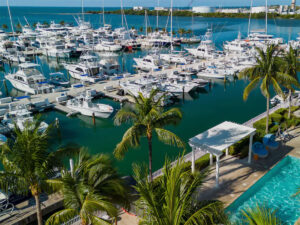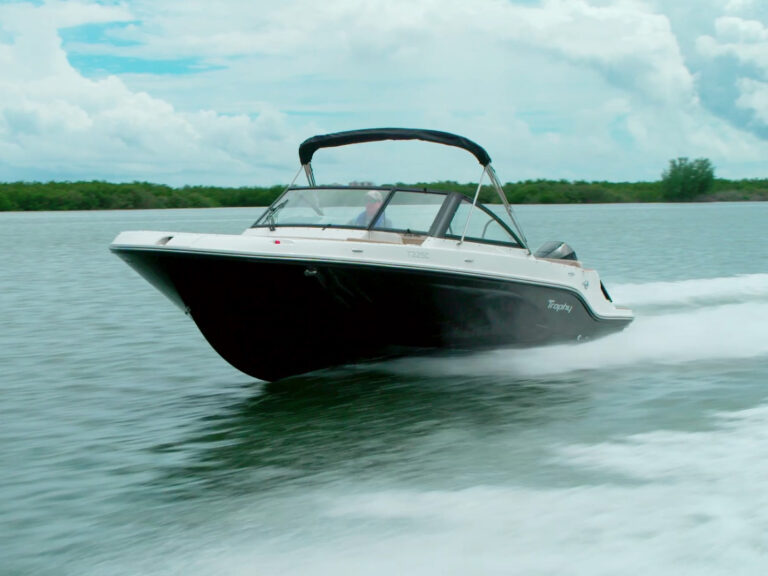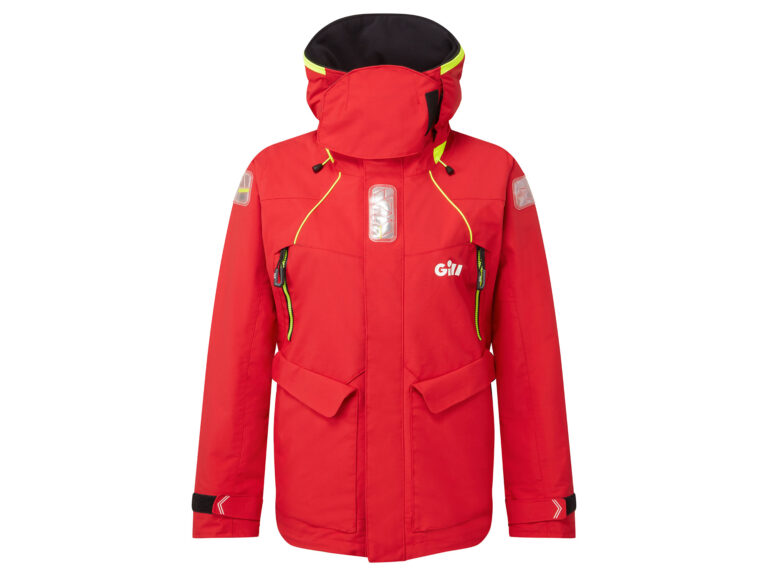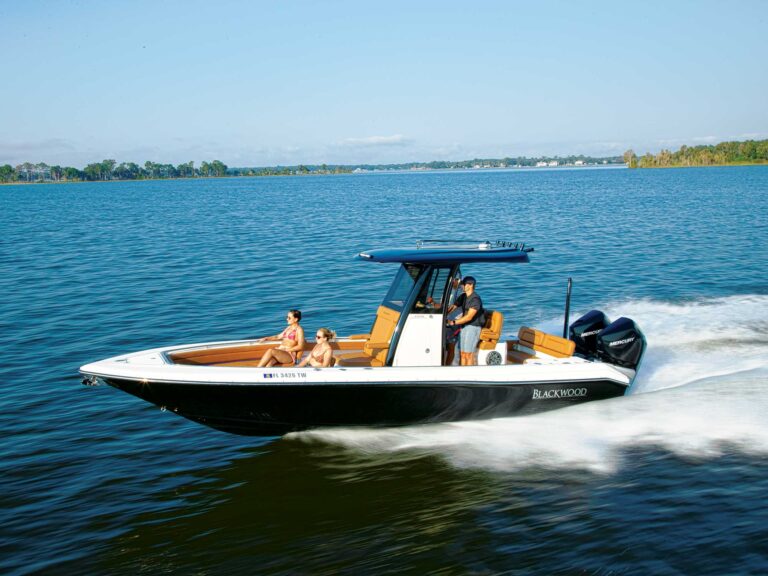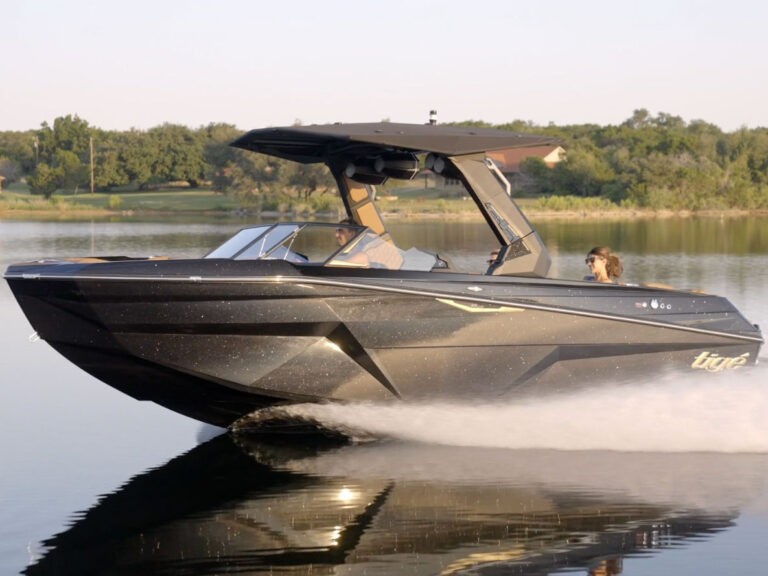
Only one person saw it go under, and you couldn’t have asked for a better witness. Don is an old-school dockmaster who knows how a boat should sit in the water. He knows the signs, but this one took him by surprise.
“It rained hard for three days,” said a bewildered Don, “but the boat always looked fine. Then the weather cleared and a front came through with 30 mph winds. Around noon I noticed the boat listing. Then it rolled over, kind of in slow motion. Just like that.”
The boat was hauled and the insurance company’s surveyor showed up.
“Why’d it go down?” Don asked him.
“To start,” said the surveyor, “the cockpit scuppers are overgrown with barnacles, which held onto leaves and debris that clogged the drains. This caused some rainwater to collect in the cockpit. Other rainwater made it into the bilge, and after a few days of pumping, the battery ran out of juice.”
“So why’d it roll?” Don was now getting impatient.
“Because of this,” he said of the bilge pump’s through-hull. “The boat heeled from the wind. Water in the cockpit held it over long enough for seawater to come in through the downwind scupper, which held the boat over longer. Normally this won’t happen, but the cockpit sole is unusually low. It should be at least 3 inches above water level when upright. This one’s not even close; the builder probably wanted to have a deeper cockpit.”
He explained that, with the boat held over, the pump’s outlet was also put under. Water came in; the pump used what was left of the battery to stop the flow and then quit. Water poured in through the pump and collected on the low side of the bilge. When a strong gust hit the canvas top, over it went.
The bilge outlet hose didn’t have a raised vented loop to help prevent this. But the main culprit was that the outlet was only an inch above the builder’s taped waterline — which had been raised by 2 inches over the original waterline. Plus, the boat was sitting too far down in the stern. “I’ve seen a few cases like this, all caused by big outboards,” said the surveyor.
Bigger, bulkier outboards are often being put on older hulls that are revised designs from 20 years ago. It’s become such a problem that the American Boat and Yacht Council (ABYC) revised the guideline for outboard weights on boats under 26 feet (Standard and Technical Information Reports for Small Craft, section S-30).
A few extra pounds on a boat weighing a few thousand may not seem like a big deal, but put them on a platform far astern of the transom with no buoyancy beneath them, and those pounds have a big effect. The boat that sank was rated for a maximum of 300 hp. A single 300 hp engine weighs about 560 pounds, but this boat had twin 150s at about 960 pounds. Don’t think the extra 400 pounds were a problem?
Walk the docks. You’ll be surprised at how many repainted (higher) waterlines you see. So how do you avoid buying a boat with a droopy butt? Check for known offenders at uscgboating.org/content/recalls.php. I still prefer a single engine to the “safety” of twins; reliability isn’t the issue it used to be. Two engines also cost more, and the additional drag reduces efficiency.
So when I see you outside the inlet, keep your weight down and your stern up.

